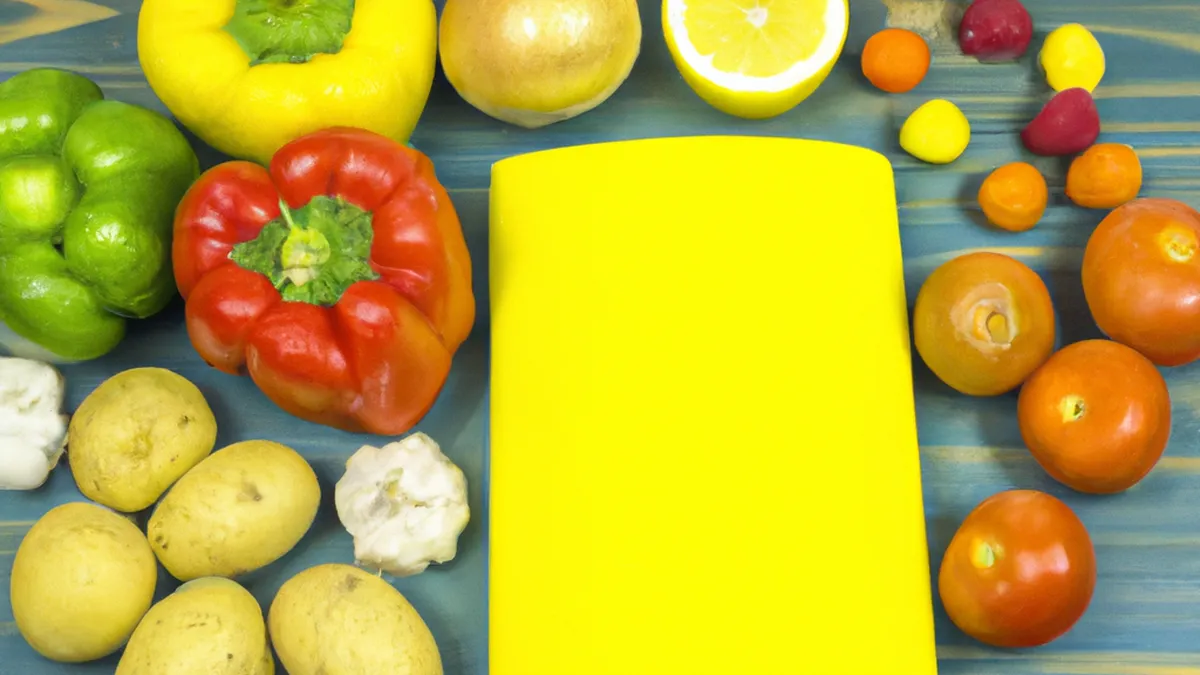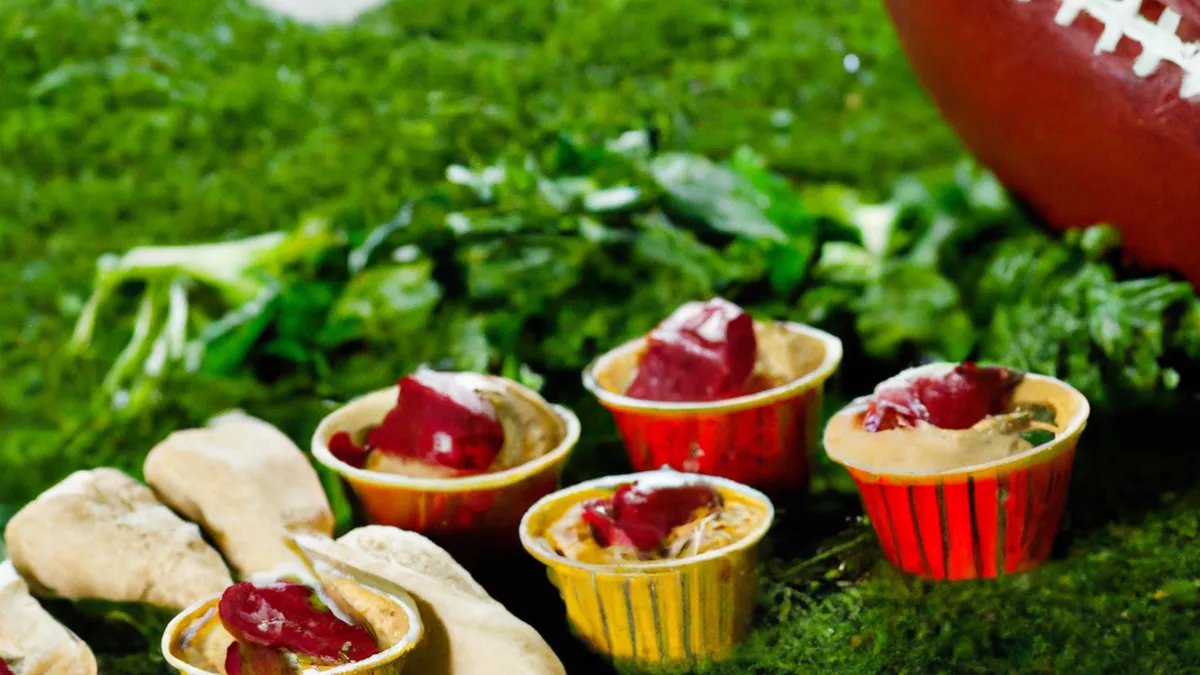Cooking as a Gateway to Nutrition Education
How to Use Cooking to Teach Children About Nutrition and Health
Cooking offers a fun way to teach children about nutrition and health. Involving kids in the kitchen helps them appreciate healthy eating. They learn to prepare meals and gain knowledge about food. This blog explores tips and benefits of cooking for nutrition education.
Get Kids Involved in the Cooking Process
Engaging children in cooking sparks their interest in food. Assign simple tasks like washing vegetables or measuring ingredients. These activities build confidence and make them feel included.
Start with Simple Recipes
Begin with easy recipes that require few ingredients. Smoothies, salads, and sandwiches work well. Explain each ingredient’s nutritional value as you prepare meals. Discuss why fruits and vegetables are essential for growth.
Encourage Creativity
Cooking encourages creativity. Let children experiment with flavors and textures. Suggest trying new ingredients, like adding spinach to smoothies. This approach makes cooking enjoyable and promotes diverse food choices.
Teach About Food Groups
Help children understand food groups for a balanced diet. Use cooking to illustrate these concepts. Point out different food groups while preparing meals. Explain the roles of proteins, carbohydrates, fats, vitamins, and minerals. Discuss how chicken provides protein in a stir-fry.
Use Visual Aids
Visual aids reinforce learning. Use charts or colorful posters showing food groups in your kitchen. Refer to them while cooking to highlight each ingredient’s nutritional benefits. This strategy makes learning engaging and memorable.
Make Nutrition Fun
Incorporate games to make nutrition enjoyable. Create a “food scavenger hunt” with a list of items to find in the pantry. This activity helps them recognize healthy options and makes learning fun.
Discuss Healthy Choices
Use cooking to discuss healthy choices. Talk about how certain foods affect their feelings. Ask if they feel energized after fruits or sluggish after sugary snacks. This conversation fosters mindfulness about food.
Encourage Label Reading
Teach children to read food labels while shopping. Show them how to identify healthy options, like whole grains and low sugar. This skill helps them make informed choices in the future.
Share Personal Experiences
Share your food and health experiences. Discuss how you learned to cook or your favorite healthy meals. Personal stories can motivate children to adopt healthy habits and see nutrition as a lifestyle.
Benefits of Cooking Together
Cooking together offers many benefits. It enhances children’s culinary skills and teaches essential life skills. Cooking fosters family bonding and provides quality time to connect.
Kids who cook are more likely to try new foods. They develop a positive relationship with food. Studies show that children who cook are more open to eating fruits and vegetables, leading to healthier habits.
Boosts Confidence and Independence
Cooking boosts children’s confidence. Mastering new skills gives them a sense of accomplishment. This newfound independence extends to other life areas, empowering them to take charge of their health.
Promotes Healthy Eating Habits
Teaching kids to cook instills healthy eating habits early. They learn to appreciate nutritious foods, laying a foundation for lifelong healthy choices. You empower them to make informed decisions about their well-being.
Conclusion
Using cooking to teach children about nutrition and health is fun and beneficial. Involving them in the kitchen helps them learn essential skills and knowledge. Cooking provides valuable lessons, from understanding food groups to making healthy choices. As they experiment with flavors, they develop a positive relationship with food. Ultimately, these experiences lead to lasting healthy habits. So, roll up your sleeves, grab your aprons, and start cooking together!
Below are related products based on this post:
FAQ
How can I get my children involved in the cooking process?
Engaging children in cooking can be done by assigning them simple tasks such as washing vegetables or measuring ingredients. These activities not only build their confidence but also make them feel included in the cooking process, sparking their interest in food.
What are some easy recipes to start with when teaching kids about nutrition?
Begin with simple recipes that require few ingredients, such as smoothies, salads, and sandwiches. While preparing these meals, explain the nutritional value of each ingredient and discuss the importance of fruits and vegetables for growth.
How does cooking together benefit my family’s relationship with food?
Cooking together enhances children’s culinary skills and teaches essential life skills, fostering family bonding. Kids who cook are more likely to try new foods and develop a positive relationship with food, leading to healthier eating habits and informed choices about their well-being.















Post Comment